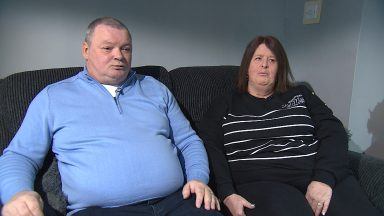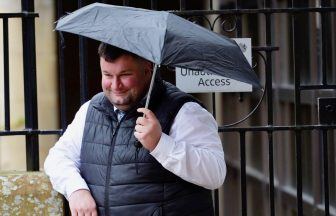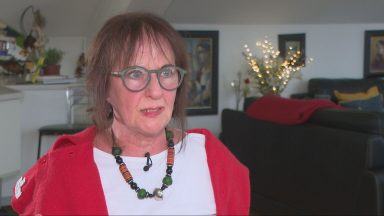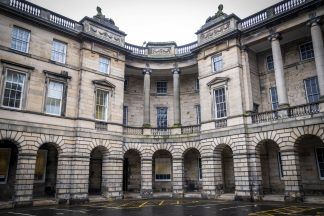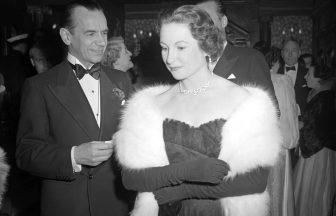The skulls of two women killed 90 years ago have been laid to rest following a public appeal to find their families.
The bodies of Isabella Ruxton and Mary Rogerson were found in Moffat, Dumfries and Galloway in 1935, in part of a case known as the “Jigsaw Murders” – named because of the challenge in putting together the identities of the victims.
Dr Buck Ruxton was hanged in front of a huge crowd for his wife’s murder after a breakthrough in forensic science when experts from the universities of Edinburgh and Glasgow helped build evidence for the case.
Edinburgh University attempted to contact the women’s families after discovering their skulls and other bones in its storeroom.
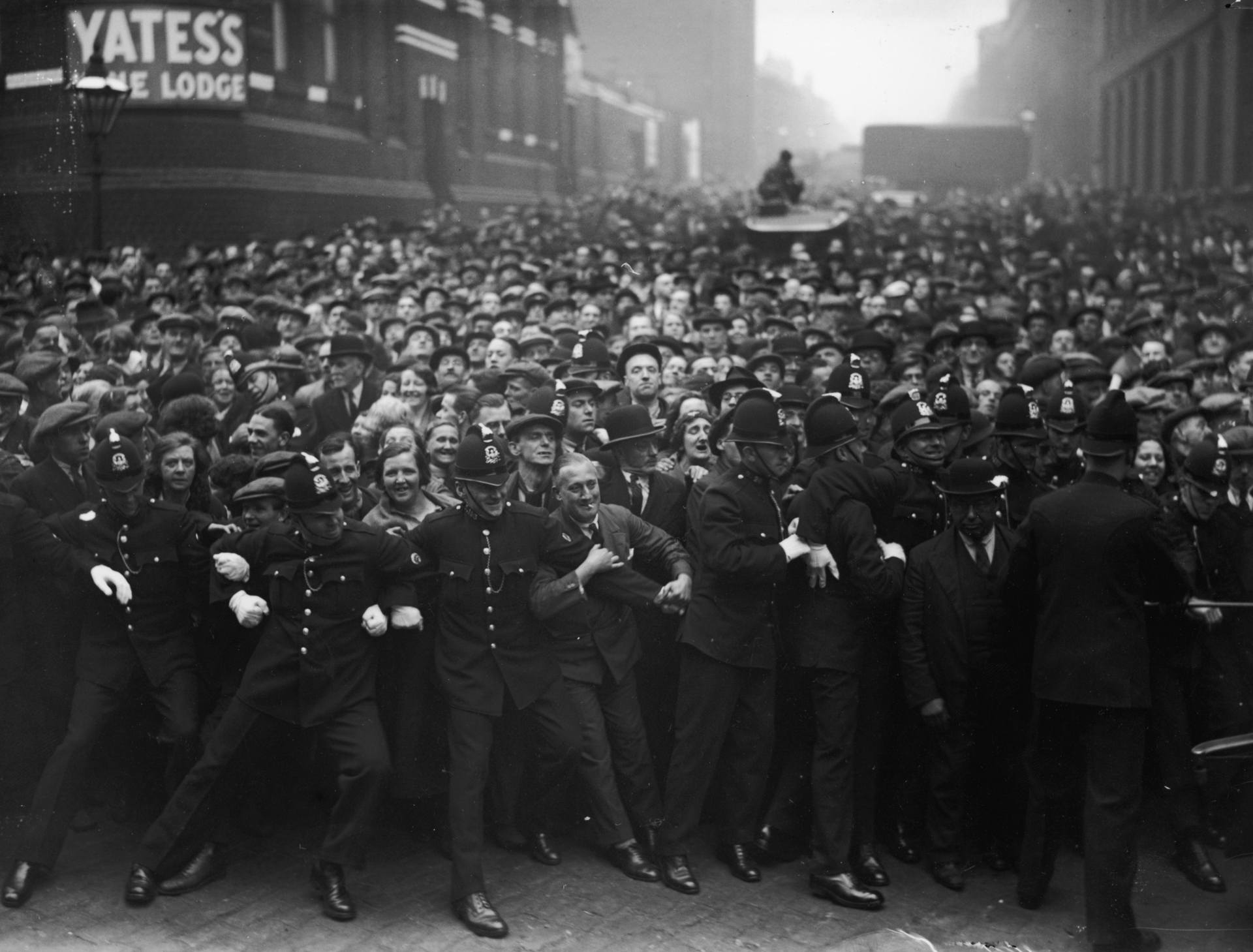 Getty Images
Getty ImagesIn what was described as a sensitive project, the university attempted to contact the families through a public appeal, as it was not known whether the three orphaned children were ever told that their father had been hanged for murdering their mother.
In line with the family’s wishes, the remains of the woman have now been laid to rest.
An Edinburgh University spokesperson said: “After an appeal to get in contact with the relatives of Isabella Ruxton and Mary Jane Robertson, the women’s remains have now been laid to rest in line with their respective families’ wishes.
“We would like to thank everyone involved in this sensitive project, as well as members of the public who got in touch.”
‘Headlines around the world’
The Jigsaw Murders, which took place in Lancaster in September 1935, made headlines around the world due to their grisly nature.
Dismembered and disfigured human remains were discovered beneath a bridge over a stream near Moffat in Dumfries and Galloway.
After being sent to Edinburgh University, forensic scientists and colleagues from Glasgow University pieced together the body parts as the investigation led to Dr Buck Ruxton in northwest England.
The popular GP had given various explanations for the disappearance of his wife, Isabella, and their nursemaid, Mary Rogerson – but had failed to report her disappearance, a task left to Mary’s family.
Investigators in Scotland made the link between the two women and the remains which were found near Moffat.
The bodies still had to be identified beyond doubt, and their killer, who was known to have experience of surgery, had taken great care to make that as difficult as possible.
It was the groundbreaking forensic techniques which confirmed the remains were those of Isabella and Mary.
In what was described as “the trial of the century”, Ruxton was convicted of murdering his wife at the Assize Court in Manchester.
He had also been accused of killing Mary, but the charge was dropped before the trial.
Two months after he was found guilty, huge crowds gathered outside Manchester’s Strangeways Prison when he was executed by hanging.
Follow STV News on WhatsApp
Scan the QR code on your mobile device for all the latest news from around the country


 University of Edinburgh
University of Edinburgh


